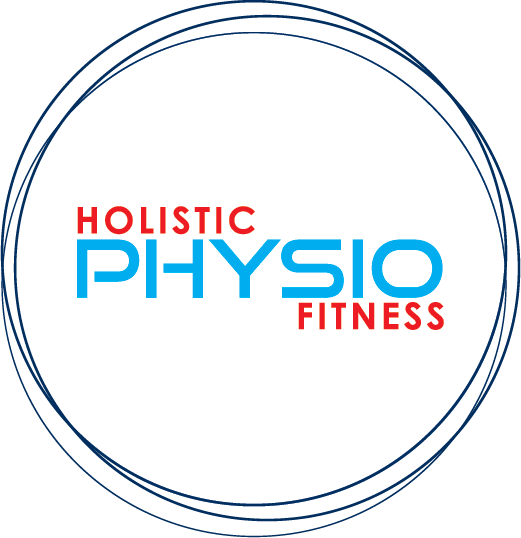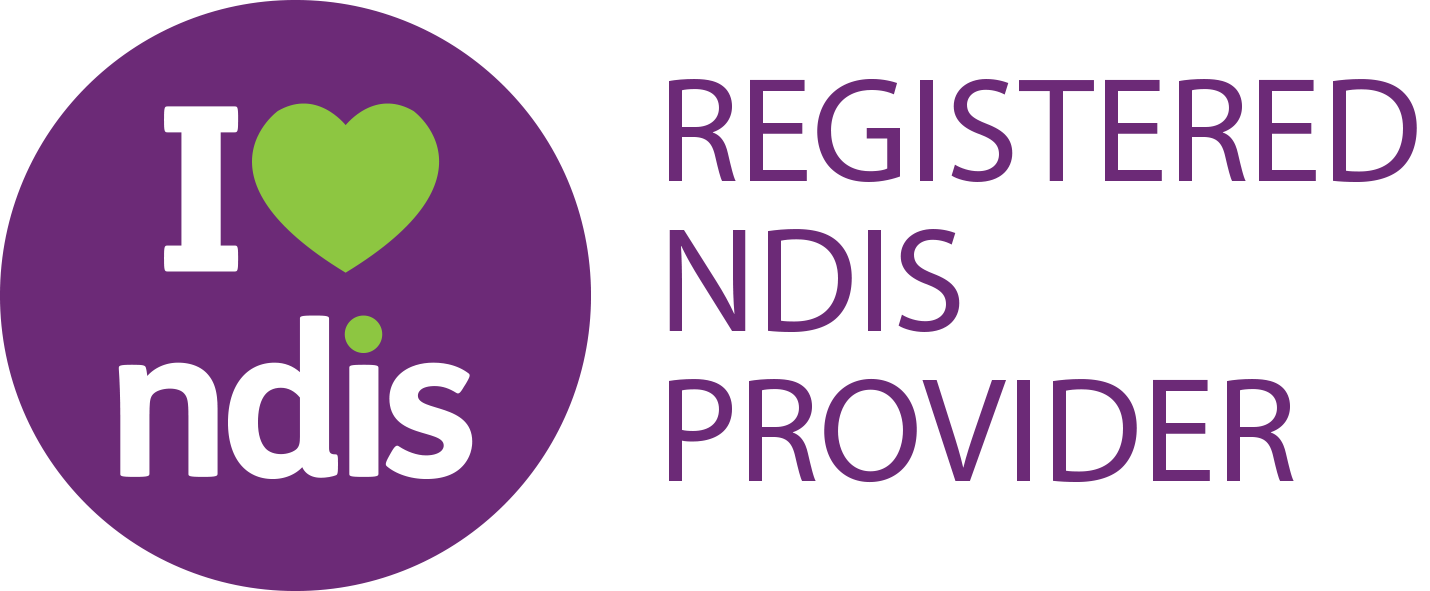
Elbow pain is a common issue that many people experience, often arising from overuse or repetitive strain. Tendinopathies are one of the primary causes of elbow pain, with conditions like Tennis Elbow (lateral epicondylitis) and Golfer’s Elbow (medial epicondylitis) being two of the most prevalent forms. In this blog, we’ll explore these conditions, their symptoms, causes, and effective treatments, offering insights into managing tendon pain and improving your recovery.
What is a Tendinopathy?
Tendinopathy refers to a condition where the tendon – the fibrous tissue connecting muscle to bone – becomes damaged or irritated due to overuse or stress. Unlike tendonitis, which involves inflammation of the tendon, tendinopathy is often characterised by degenerative changes in the tendon fibres. This condition commonly affects individuals who engage in repetitive motions or heavy lifting, leading to elbow pain that can become chronic if not addressed properly.
Tennis Elbow (Lateral Epicondylitis)
Tennis Elbow, or lateral epicondylitis, is a condition that causes pain on the outside of the elbow. It typically occurs due to repetitive motion and strain on the tendons that attach to the lateral epicondyle, the bony prominence on the outer side of the elbow. This type of elbow pain is not limited to tennis players, as anyone who performs repetitive activities involving gripping or wrist extension can develop this condition.
Symptoms of Tennis Elbow:
- Pain or tenderness on the outer side of the elbow
- Weakness in the forearm, particularly when grasping or lifting objects
- Discomfort that worsens with activities like shaking hands, lifting, or gripping tools
- Stiffness in the elbow joint
- Pain that radiates down the forearm
Tennis Elbow is often the result of overusing the wrist extensors – the muscles responsible for extending your wrist and fingers. Common activities that contribute to this condition include playing racquet sports, painting, typing, or using hand tools.
Treatment for Tennis Elbow:
Managing Tennis Elbow usually involves a combination of rest, stretching, strengthening exercises, and physiotherapy interventions. A physiotherapist can help by assessing your posture, movement patterns, and strength imbalances to develop a personalised rehabilitation program. Treatment may include:
- Rest and activity modification: Avoiding repetitive actions that aggravate the pain
- Ice therapy: Applying ice to reduce swelling and pain
- Strengthening exercises: Focused on strengthening the muscles of the forearm to alleviate pressure on the tendons
- Stretching exercises: To improve flexibility and reduce tension in the forearm muscles
- Manual therapy: Techniques like soft tissue mobilisation and joint mobilisation can help improve movement and reduce pain
- Bracing or taping: To provide support and reduce strain on the affected tendon
In severe cases, if symptoms persist, more invasive treatments like corticosteroid injections or shockwave therapy may be considered.
Golfer’s Elbow (Medial Epicondylitis)
While Tennis Elbow affects the outside of the elbow, Golfer’s Elbow – or medial epicondylitis – causes pain on the inner side of the elbow. This condition is characterised by damage to the tendons that attach to the medial epicondyle, the bony prominence on the inside of the elbow. Golfer’s Elbow is also caused by overuse and repetitive motions, particularly those that involve flexion of the wrist or forearm.
Symptoms of Golfer’s Elbow:
- Pain and tenderness on the inner side of the elbow
- Weakness in the forearm and hand, making it difficult to grip or lift objects
- Pain that worsens when bending the elbow, making a fist, or lifting objects
- Stiffness in the elbow joint, especially after activity
While Golfer’s Elbow is often associated with golfers, it can affect anyone who engages in activities that put stress on the flexor muscles of the forearm. These activities include weightlifting, throwing sports, and jobs that involve repetitive motions like typing or carpentry.
Treatment for Golfer’s Elbow:
Treatment for Golfer’s Elbow is similar to that of Tennis Elbow and focuses on reducing pain and promoting tendon healing. Common approaches include:
- Rest and activity modification: Reducing or modifying activities that trigger elbow pain
- Ice therapy: To help reduce inflammation and ease pain
- Stretching exercises: Focused on improving flexibility in the forearm muscles and tendons
- Strengthening exercises: Aimed at strengthening the forearm flexors to support the healing process
- Physiotherapy: Manual therapy techniques and guided exercises to improve function and reduce symptoms
- Bracing or support: A brace or strap can reduce stress on the affected tendons and alleviate discomfort
As with Tennis Elbow, more invasive treatments such as corticosteroid injections or surgery may be necessary in severe cases, although these are typically considered after conservative treatment options have been explored.
Prevention of Elbow Pain
Preventing tendinopathies like Tennis Elbow and Golfer’s Elbow involves a combination of proper technique, strengthening exercises, and adequate rest. Here are some tips to help protect your elbows:
- Warm up before engaging in physical activities, especially those involving repetitive arm movements
- Ensure proper posture and ergonomics, especially when working at a desk or performing manual labour
- Avoid overuse and take regular breaks during repetitive tasks
- Perform strength and flexibility exercises to maintain a balance between the muscles and tendons in the forearm
Conclusion
Elbow pain from tendon injuries, such as Tennis Elbow and Golfer’s Elbow, can be debilitating, but with the right treatment and approach, recovery is entirely possible. If you’re experiencing elbow pain or suspect a tendinopathy, consult a physiotherapist who can provide a tailored treatment plan to help you manage your symptoms and get back to your normal activities. Early intervention and proper care are key to preventing long-term complications and ensuring a full recovery from tendon pain.
If you’re dealing with elbow pain, don’t hesitate to reach out for professional advice and treatment. A physiotherapist can help guide you through the healing process and ensure you’re back to full strength in no time.

